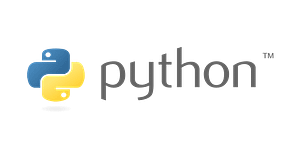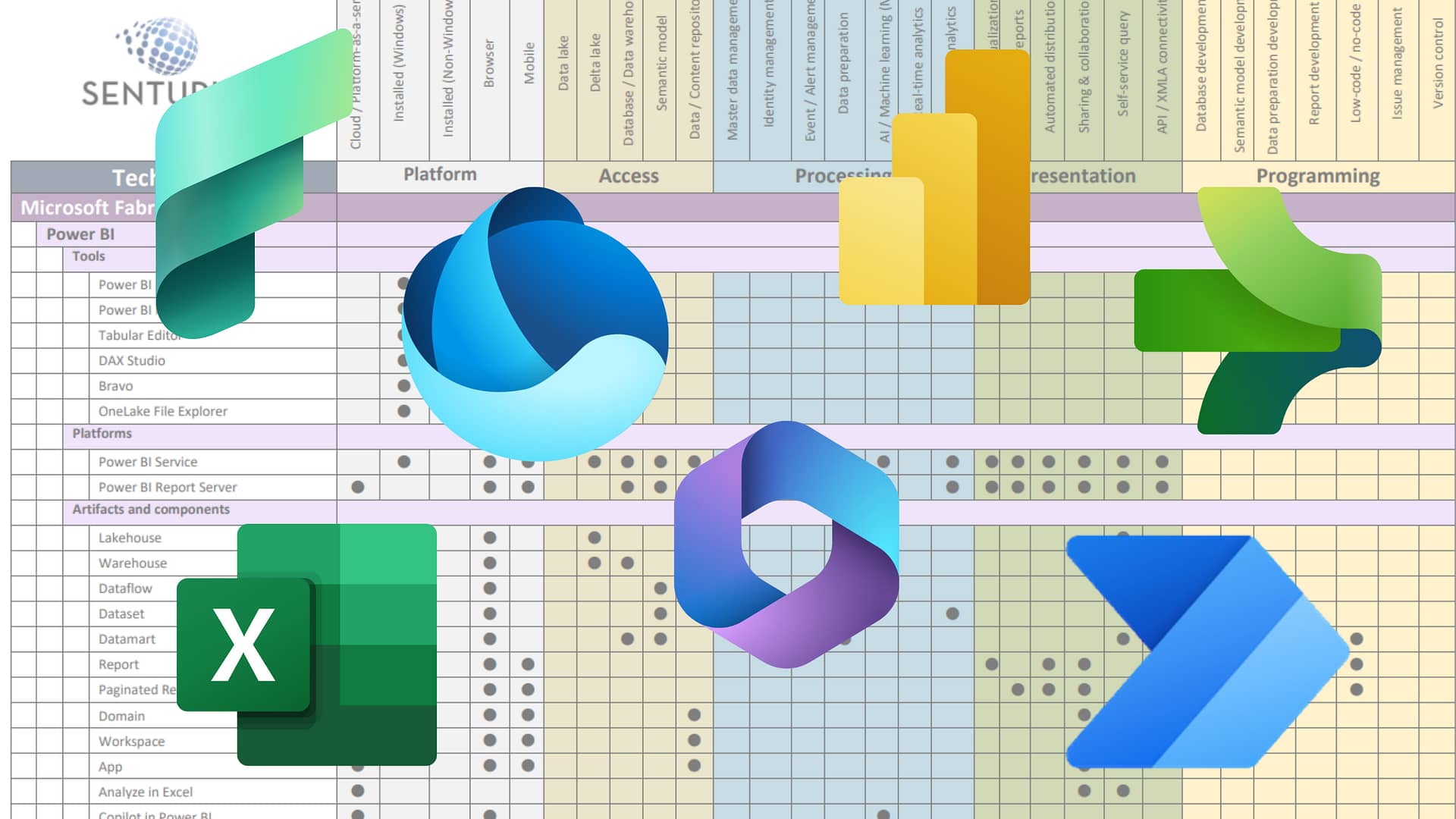Advanced Python Programming
In this course you will learn to
- Leverage OS services
- Add enhancements to classes
- Code graphical interfaces for applications
- Understand advanced Python metaprogramming concepts
- Create easy-to-use and easy-to-maintain modules and packages
- Implement and run unit tests
- Create multithreaded and multi-process applications
- Interact with network services
- Design professional scripts
- Query databases
Training materials
In addition to the course manual, students will receive a Python quick reference.
Suggested attendees
Students who can write simple Python scripts using basic data types, program structures and the standard Python library.
Course Outline
- Python refresher
- Built-in data types
- Lists and tuples
- Dictionaries and sets
- Program structure
- Files and console I/O
- If statement
- Built-in functions
- User-defined functions
- Modules and packages
- Basic OOP
- OS services
- OS and OS.path modules
- Environment variables
- Launch external commands with subprocess
- Walk directory trees
- Paths, directories and filenames
- Work with file systems
- Dates and times
- Basic date and time classes
- Different time formats
- Convert between formats
- Format dates and times
- Parse date/time information
- Pythonic programming
- The Zen of Python
- Tuples
- Advanced unpacking
- Sorting
- Lambda functions
- List comprehensions
- Generator expressions
- String formatting
- Functions, modules and packages
- Four types of function parameters
- Four levels of name scoping
- Single/multi-dispatch
- Relative imports
- Effectively using __init__
- Documentation best practices
- Enhance classes
- Class/static data and methods
- Inheritance (or composition)
- Abstract base classes
- Create attributes with attr
- Implement protocols (context, iterator, etc.)
- Metaprogramming
- Implicit properties
- Globals() and locals()
- Work with object attributes
- The inspect module
- Callable classes
- Decorators
- Monkey patching
- Developer tools
- Analyze programs with pylint
- Use the debugger
- Profile code
- Test speed with benchmarking
- Unit test with PyTest
- What is a unit test
- Create test cases
- Write and run tests
- Test harnesses
- Work with fixtures
- Binary data
- What is binary data?
- Binary vs. text
- Use the Struct module
- Database access
- The database API
- Available interfaces
- Connect to a server
- Create and execute a cursor
- Fetch data
- Parameterized statements
- Use metadata
- Transaction control
- ORMs and NoSQL overview
- PyQt
- Overview
- Qt Architecture
- Use designer
- Standard widgets
- Event handling
- Extras
- Network programming
- Built-in classes
- Use requests
- Grab web pages
- Send email
- Work with binary data
- Consume RESTful services
- Remote access (SSH)
- Multiprogramming
- The threading module
- Share variables
- The queue module
- The multiprocessing module
- Create pools
- About async programming
- Scripting for system administration
- Run external programs
- Parse arguments
- Create filters to read text files
- Logging
- Serializing data
- Work with XML
- XML modules in Python
- Get started with ElementTree
- Parse XML
- Update an XML tree
- Create a new document
- About JSON
- Read JSON
- Write JSON
- Read/write CSV files
- YAML, other formats as time permits
- Advanced data handling [as time permits]
- Discover the collections module
- Use defaultdict, Counter and namedtuple
- Create dataclasses
- Store data offline with pickle
- Type hinting [as time permits]
- Annotate variables
- Learn what type hinting does NOT do
- Use the typing module for detailed type hints
- Understand
- Write stub interfaces
- Any Windows, Linux or macOS operating system
- Python 3.x installed (Anaconda bundle recommended)
- An IDE with Python support (PyCharm Community Edition is an excellent free option, but there are several other good ones)

